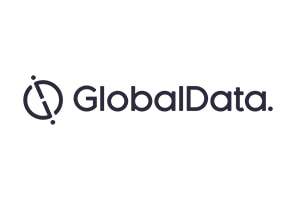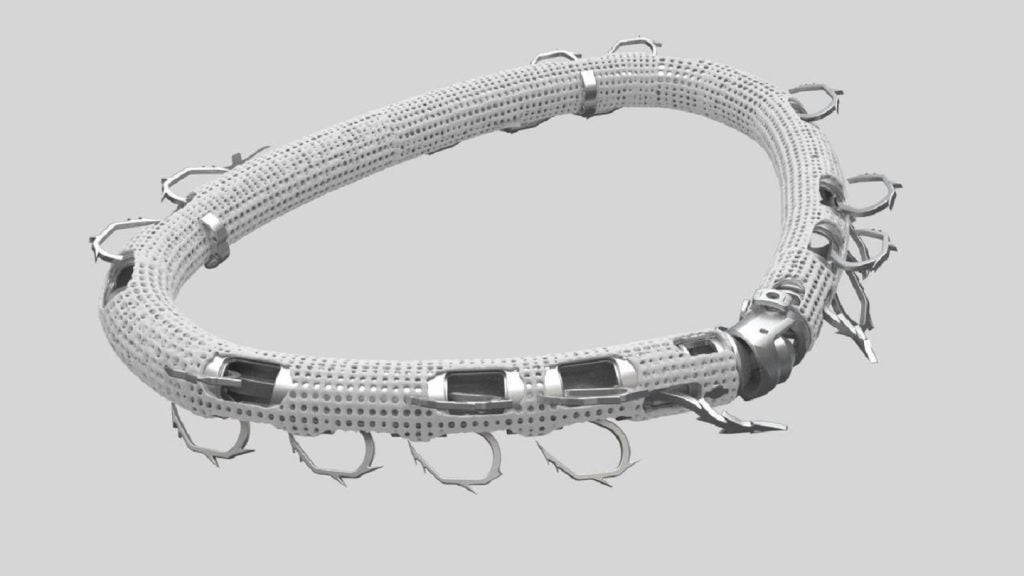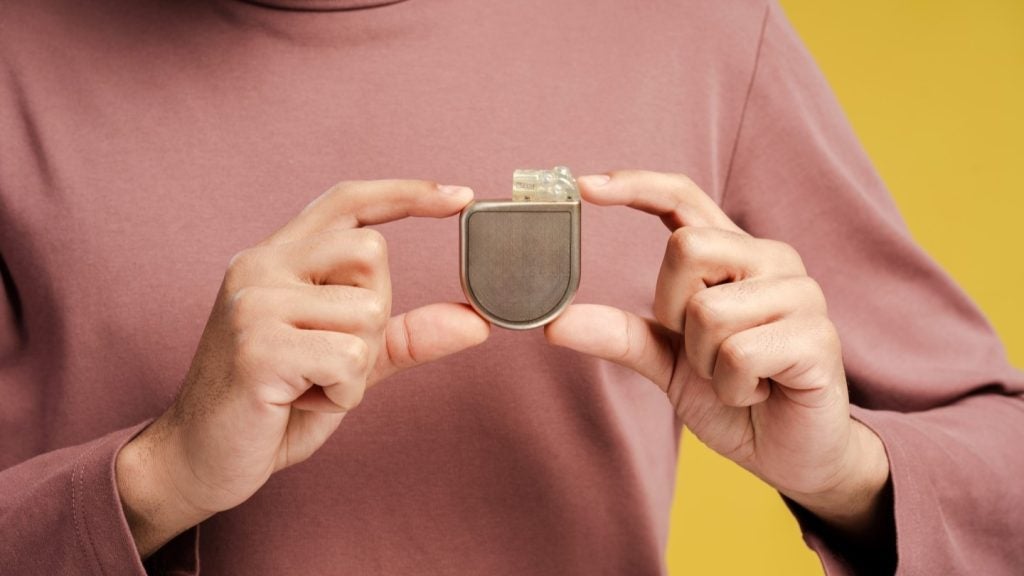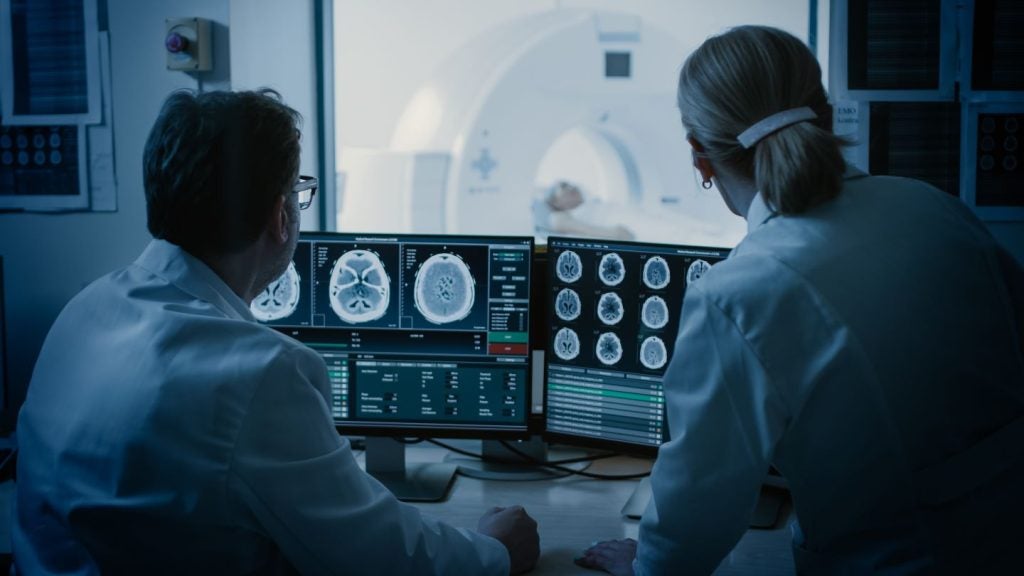
Gadolinium is commonly used in contrast agents during MRI scans, allowing radiologists to view organs with greater clarity than with traditional scanning. However, recent studies have indicated that gadolinium may be retained in the brain long after scans take place and researchers are still unsure of the health repercussions.
As a free ion, gadolinium is known to be highly toxic, but MRI contrast agents use a chelated compound which is considered safe for patients. Although researchers believe the brain deposits are not composed of free gadolinium, they are unsure of its new molecular form when maintained in the body.
The European Medicines Agency had many gadolinium contrast products pulled from the market, but the FDA’s initial response was to maintain that there was no evidence that the deposits are harmful. However, FDA recently issued new guidance that mandates contrast manufacturers to conduct new clinical studies to evaluate the safety of gadolinium contrast agents.
International researchers have banded together to issue a white paper that will identify the global community’s gaps in knowledge regarding gadolinium retention, and guide future research. Gadolinium retention may affect organs outside of the brain, or pose a greater risk to certain demographics, and it is vital that marketed contrast agents are safe for patients.
The market for gadolinium contrast agents is estimated to be worth around $1.5bn globally. However, the market’s strong growth has already been affected by the European Medicines Agency, which has required that several GBCA products be removed from sale. Should researchers discover adverse effects from the gadolinium deposits, the FDA may be forced to follow suit and pull products from the market. The US MRI contrast market is estimated to be worth almost $400m, almost two-thirds the size of the entire European market.
How well do you really know your competitors?
Access the most comprehensive Company Profiles on the market, powered by GlobalData. Save hours of research. Gain competitive edge.

Thank you!
Your download email will arrive shortly
Not ready to buy yet? Download a free sample
We are confident about the unique quality of our Company Profiles. However, we want you to make the most beneficial decision for your business, so we offer a free sample that you can download by submitting the below form
By GlobalData





